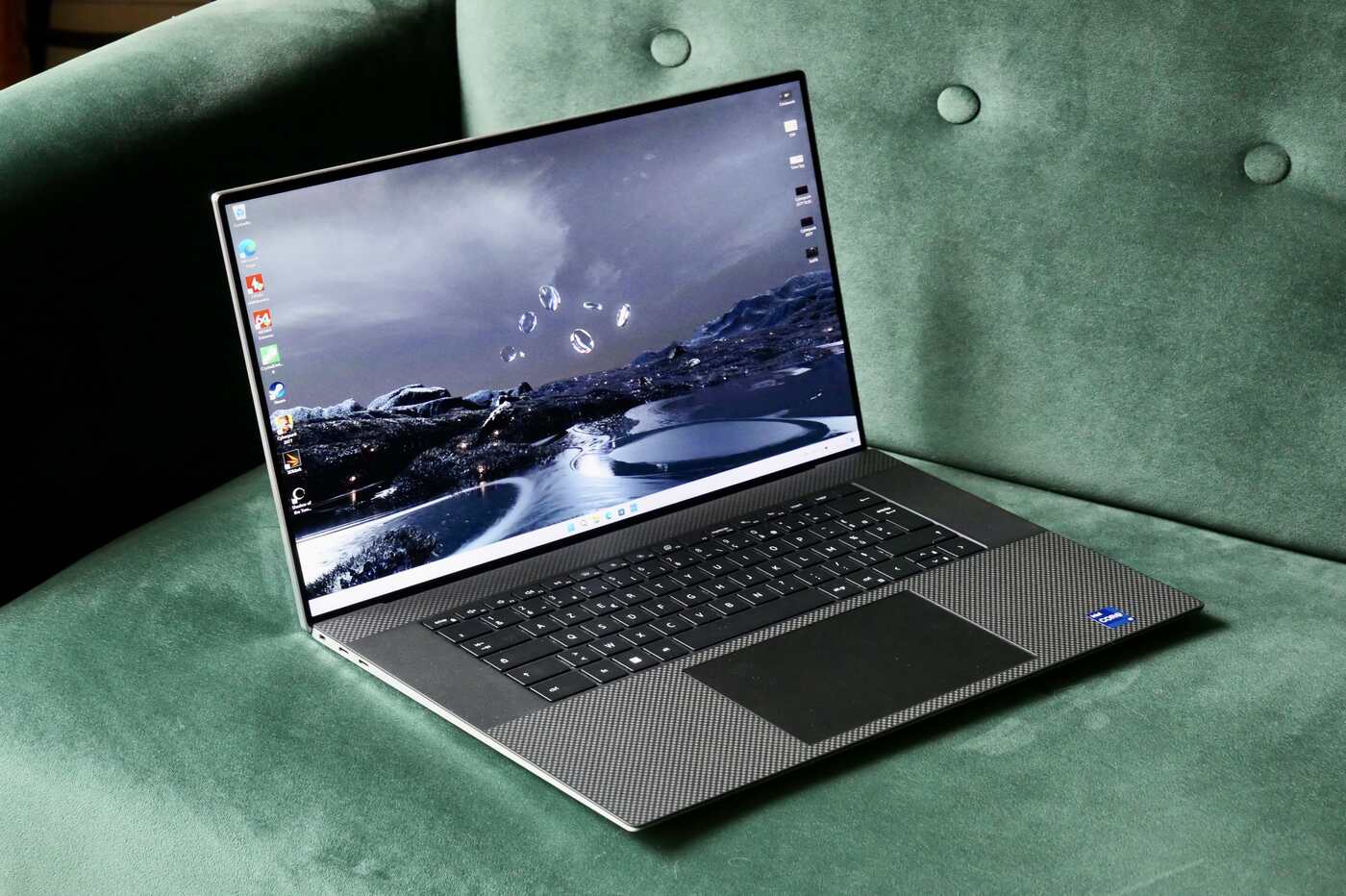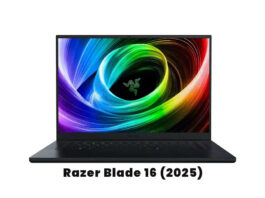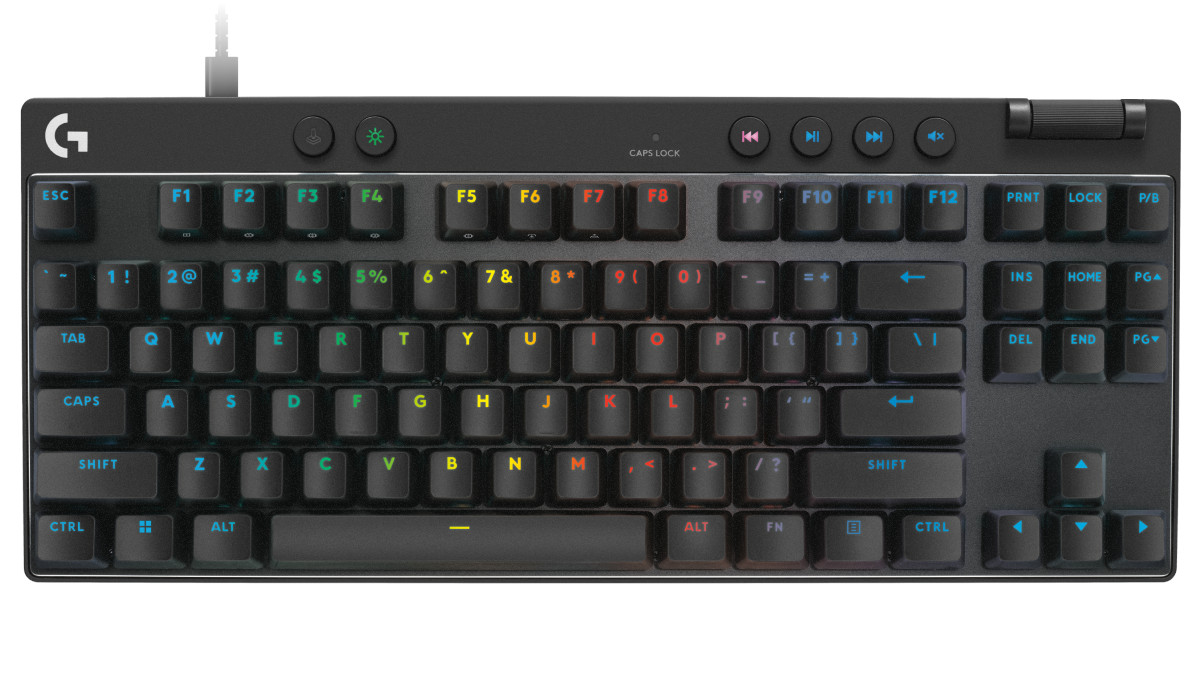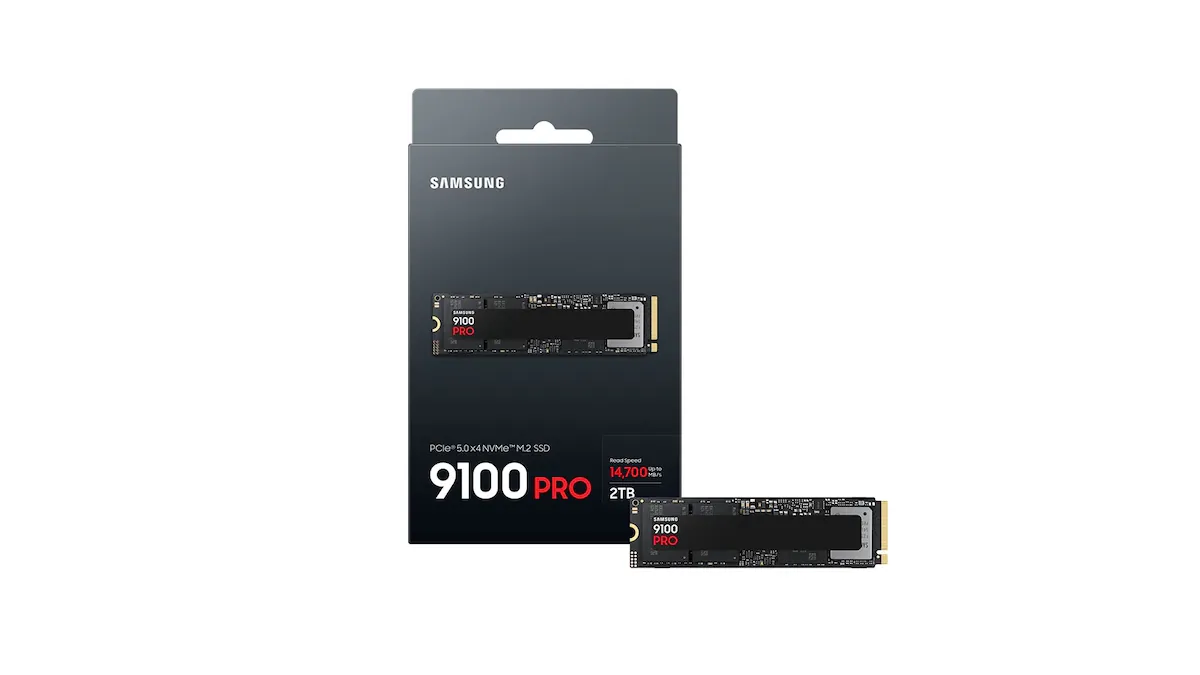Competing with the MacBook Pro 16 in the field of workstations dedicated to the most advanced (and demanding) users is not easy. Samsung recently tried the experiment with its new Galaxy Book 3 Ultra but without the expected success. It should be noted that the Korean giant gives the impression that its eyes were bigger than its stomach when it wanted to house a 13th generation Core i9 and an RTX 4070 in a thin and compact chassis that does not offer them enough space to fully express themselves.
However, it is this same configuration that Dell also adopts in the highest-end version of its new XPS 17, announced in February. And it is she who the Texan manufacturer sent us on loan.
The opportunity to discover what it offers us to offset its price… because yes, this new version goes up at a maximum price of 4249 euros in France 100 euros more than a MacBook Pro 16 with an M2 Max processor, and 350 euros more than an equivalent Samsung Galaxy Book 3 Ultra.
What we liked about the Dell XPS 17 2023
Its design: familiar, but still attractive

Testing the XPS 17 2023 is a bit like putting on an old pair of slippers. Almost nothing has changed on Dell’s XXL flagship since 2020, and therefore this new version doesn’t bring anything very new in terms of design. Which is not necessarily a problem for us.
Thus we find the same interior lining in braided carbon fiber (abandoned in the latest versions of the XPS 13), as well as a very well-beveled aluminum chassis. The device is still very stylish, still legal, and still quite compact considering the built-in components at 374.45 x 248.05 x 19.50mm for 2.44 kilos, which is still a bit heavy within hand’s reach. hand.
As always in the XPS range, this new model benefits from impeccable finishes and therefore special care in assembly. We just regret that the bottom plate of the chassis (in aluminum) is still so sharp when we want to remove it to access the components. At this point, we note that he said a little wiggle room is possible. You can replace the RAM (SO-DIMM format) and change the SSD. An M.2 slot is also left empty on some configurations to easily add storage.
Without transition, let’s talk about the keyboard, which is pleasant, with good depth of travel and tonic rebound. Typing is fast and accurate, but we regret that it isn’t quieter. Some users will also criticize the absence of a numeric keypad, but we don’t necessarily miss it and Dell is taking advantage of the space gained by installing well-made and well-placed speakers: they point towards our ears instead of being pressed against the desk.

The trackpad is large enough to be comfortable to use in 2023 and proves to be accurate in most cases, even if we fall short of the flawless experience offered by the haptic trackpad of the various MacBooks. At this point, Apple is still simply unbeatable.
In parallel, the XPS 17 offers Face ID and a fingerprint reader (located directly on the power key) to make signing in as easy as possible. But beware of the integrated connectors. In this field, Dell does not advance and persists in the “all USB-C” policy carried out for years in the XPS line. Fortunately, USB-A and HDMI adapters are provided and we still benefit from an SD reader and headphone jack. Practical, a fortiori for the creative public to which the machine is directed.
Its autonomy: honest given the configuration
In terms of autonomy, we cannot blame Dell much, which equips its new XPS 17 with a large 97 Wh battery, which is practically the maximum capacity authorized (100 Wh) by airlines for a trip in the cabin. Given the presence of an Ultra HD+ screen and components not well known for their energy sobriety, this battery gives the device a respectable autonomy that goes from 6 to 8 hours depending on the context of use.
Therefore, we are rather in the right range for a product of this type, equipped with a dedicated graphics card and a state-of-the-art x86 processor. Having said that, it is difficult not to take into account the gigantic autonomy that the ARM Apple Silicon processors of the MacBook Pro 16 allow. Because if the latter does not work miracles in intensive use (heavy video editing, for example), it is especially Durable in the day-to-day for lighter tasks.

A luxury that the XPS 17 cannot afford with its Intel processor. But at this point, Dell is not to blame.
Recharging is done anyway with a 130 W USB-C charger. Quite compact, the latter allows you to recharge your energy in 1 hour and 50 minutes on the mains. Finally, an efficient fast charging function is offered, as an option (to be activated from the “My Dell” utility), to practically halve this estimate.
What we didn’t like
Its Performance: Severely Restricted Components
Don’t get us wrong, given its relative compactness, the XPS 17 benefits from a fairly acceptable level of performance in creative use. The device will be nimble at photo editing, video editing/encoding, and even 3D, but we quickly found that our tester’s onboard components were restricted to the point of failing to achieve the performance we’re entitled to expect. Core i9-13900HX (one of Intel’s fastest mobile processors) and the RTX 4070 (terrible on many mid-range or even high-end gaming laptops).

To get satisfactory benchmark results, we also had to iterate several times and go through the “My Dell” utility to modify power settings. Otherwise, by default, the XPS 17’s powerful Core i9 looked like a slim Core i5.
However, even after these adjustments, the CPU still showed embryonic results in multicore computing compared to its real potential. Against this background, we noticed just under 15,000 points in Cinebench R23 for our Core i9 instead of the 25,000 points (give or take) that we can normally get with the same chip and with the same utility. Suffice it to say that it is not joy.
Same observation on the GPU side, with an RTX 4070 currently limited to 70W of thermal envelope, while it can easily go as high as 140W on other, admittedly bulkier laptops. This fatally affects the performance of the Nvidia graphics card, which is content with an emasculated performance of almost a third in 3D Mark Time Spy Extreme. However, it can be argued that for its intended creative use, this service is still well-suited.
And it is also possible to play in good conditions on the XPS 17, but preferably in Full HD+ definition (1920 by 1200 pixels). Under these conditions, with the highest graphics settings and DLSS 3.0 active, we managed to exceed 70 frames per second in Cyberpunk 2077. But beware, at 4K it instantly dropped to just 30fps with the same parameters.
Finally, we notice that the XPS 17 turns out to be quiet in most cases, even in intensive use. Its fans are not deafening and the vapor chamber installed in the bowels of the device usually prevents overheating. However, we feel that, in this product, Dell has largely favored silence and relatively low temperatures… over unbridled power.
Your screen: 4K… but without OLED
For this new XPS 17, the Round Rock manufacturer relies on the services of the Japanese Sharp to provide it with a large 17-inch IPS Ultra HD+ panel (3840 by 2400 pixels), a touch screen, and very thin edges thanks to the format 16:10. Nothing new here.
Thus, we find a very convincing viewing experience, with good contrast and high brightness (500 cd/m2 according to Dell) that allows excellent readability to be maintained in most cases. This 4K panel also benefits from good calibration and colors very pleasing to the eye.

However, this overall good experience deserves to be put into perspective. Compared to the competition, the screen of our XPS 17 begins to suffer comparison especially compared to the latest MacBook Pro equipped with a more contrasting Mini-LED panel, much brighter still, and above all capable of going up to 120 Hz, instead of the 60 Hz to which we are confined here.
Therefore, we regret that, despite a sky-high price, Dell does not offer a better screen to catch up with the competition. The absence of OLED or Mini-LED in a machine that is displayed at more than 4000 euros is difficult to apologize for.
Our take on the Dell XPS 17 2023
Unless you need Windows for your creative tools or everyday use, the XPS 17 2023 isn’t exactly a machine we can wholeheartedly recommend at this price. At least as far as the tested configuration is concerned. More expensive than the best version of Apple’s MacBook Pro 16, the device seems frozen in 2020 at various points.
And if the features it offers are still generous given the small size of this product, Dell fails to exploit the enormous potential of the Core i9-13900HX or that of its sidekick as well as we would have liked the severely restricted RTX 4070.
Fortunately, it’s still possible to switch to a setup that’s less efficient on paper, but probably better exploited… for a price that’s still too high, but even less awesome.
Dell XPS 17
€4249

We love
- always perfect finishes
- The (very) large Ultra HD+ display
- Performance that stays strong for the format
- honest autonomy
we love less
- Components (CPU and GPU) are severely restricted
- The absence of OLED or Mini-LED, and 120 Hz
- 100% USB-C connectors
- the excessive price
Discover more from NewForTech
Subscribe to get the latest posts sent to your email.













